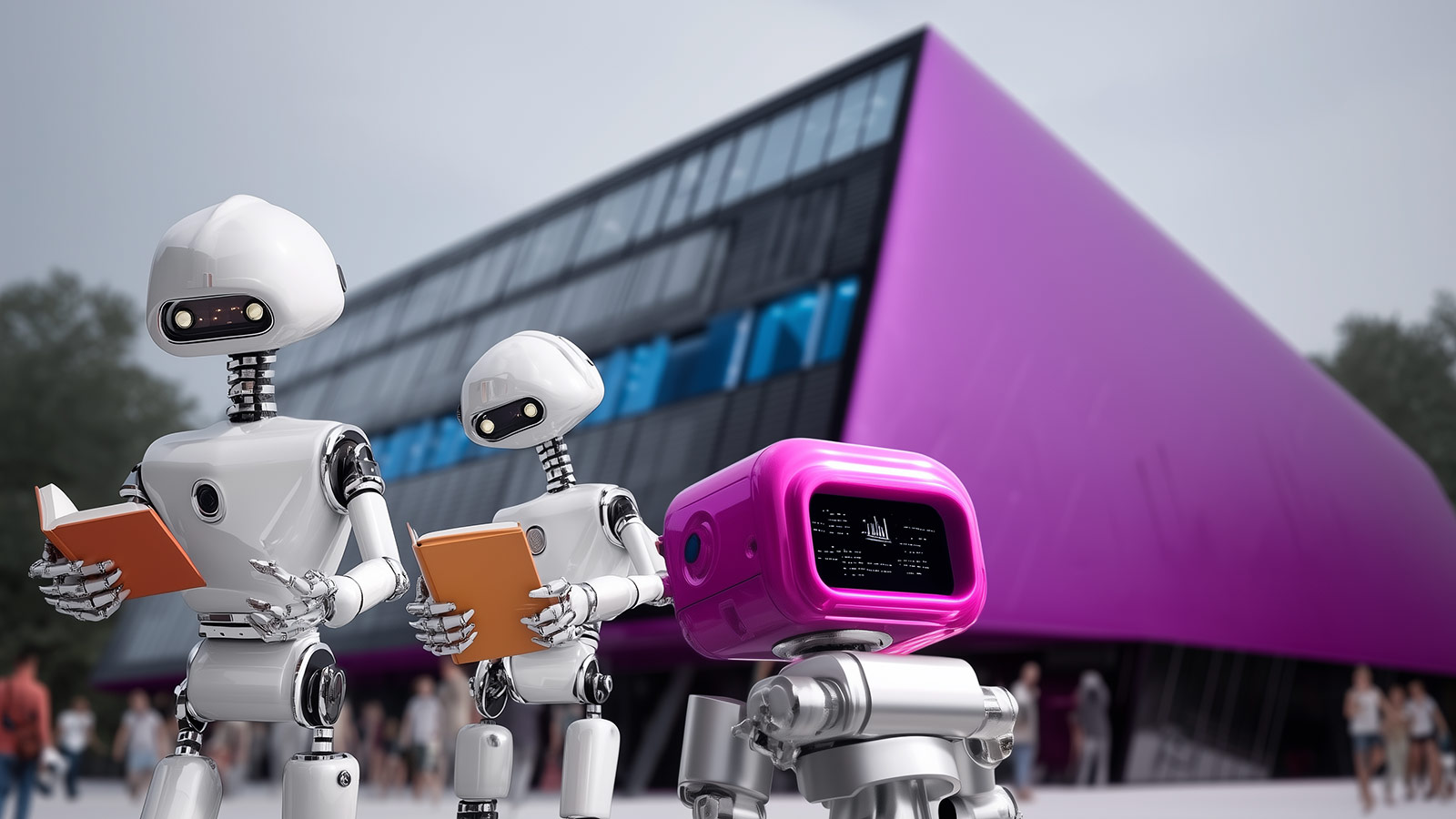Reducing Dropout Rates with Personalized Learning


Introduction
The EdTech industry faces a persistent challenge: high dropout rates. Learners often abandon educational platforms due to disengagement, frustration with one-size-fits-all approaches, or poor timing of course material. To combat this, personalized learning has emerged as a solution that adapts to individual needs. However, to truly reduce dropout rates, EdTech apps must go beyond traditional personalization and incorporate real-world context into their strategies.
This article explores how personalized learning, powered by ContextSDK, can help EdTech platforms keep users engaged and motivated, ultimately reducing dropout rates.
Why Learners Drop Out of EdTech Platforms
Understanding why users abandon EdTech platforms is the first step in solving the problem. Common reasons include:
- Irrelevant Content: Generic lessons fail to connect with the learner’s goals or interests.
- Poor Timing: Lessons or prompts appear at inconvenient moments, disrupting the user experience.
- Lack of Motivation: Learners lose momentum without timely encouragement or feedback.
- Overwhelming Workloads: Pacing and lesson delivery often ignore the user’s current state or capacity.
These issues highlight the need for a more tailored, context-aware approach to learning.
The Power of Context-Driven Personalization
Personalized learning adapts content to the learner’s preferences, progress, and pace. But traditional methods often overlook external factors like the learner’s environment, activity level, and availability. Incorporating real-world context bridges this gap, allowing EdTech apps to deliver content that aligns not just with the learner’s goals but also with their current circumstances.
ContextSDK enables apps to leverage over 200 real-world signals—such as motion, time of day, and device activity—to dynamically adjust lesson delivery. This approach ensures that users receive relevant and timely interactions that enhance their overall experience.
How ContextSDK Reduces Dropout Rates
- Timing Lessons to Fit User Schedules
- Using Context Decision, EdTech apps can determine when users are most receptive to learning. For example:
- Suggesting quick quizzes during idle moments like lunch breaks.
- Delivering longer lessons when users are stationary and focused, such as during evening study sessions.
- Using Context Decision, EdTech apps can determine when users are most receptive to learning. For example:
- Re-Engaging Inactive Learners
- When users disengage, Context Push can send personalized reminders at optimal moments. For instance:
- Encouraging a user to continue a lesson when ContextSDK detects they are relaxed at home.
- Nudging learners to return after detecting a streak of app inactivity during their usual study time.
- When users disengage, Context Push can send personalized reminders at optimal moments. For instance:
- Reducing Cognitive Overload
- Real-world context helps apps adjust the intensity and length of lessons based on user energy levels. For example:
- Offering lighter, engaging material when a user has had a busy day.
- Presenting more challenging modules during periods of high focus and energy.
- Real-world context helps apps adjust the intensity and length of lessons based on user energy levels. For example:
- Building a Feedback Loop
- ContextSDK enables apps to analyze user behavior and tailor responses dynamically. This continuous feedback ensures the app evolves alongside the learner, keeping them engaged and motivated.
Real-World Examples of Context-Aware Learning
- Language Learning Apps
- Re-engage users with push notifications offering quick vocab lessons during commutes or idle moments.
- Test Prep Platforms
- Detect when a user has limited time and suggest a mini quiz instead of a full-length practice test.
- Professional Skills Development
- Deliver course recommendations based on users’ typical study patterns and their current environment.
Benefits of Context-Driven Personalization
Apps that incorporate real-world context into personalized learning achieve:
- Higher Retention Rates: Timely, relevant interactions keep users engaged and less likely to abandon the platform.
- Improved Learning Outcomes: Tailored content ensures learners stay on track and achieve their goals.
- Enhanced User Experience: Respecting user preferences and circumstances builds trust and loyalty.
Why ContextSDK is Essential for EdTech Success
By integrating ContextSDK, EdTech apps can transform the learning experience. Products like ContextDecision and ContextPush allow apps to deliver personalized, context-aware learning journeys that drive retention and engagement.
Conclusion
Reducing dropout rates is critical for EdTech success, and personalized learning powered by real-world context is the key. By understanding and adapting to users’ needs, behaviors, and environments, EdTech apps can foster long-term engagement and learning success.
With ContextSDK, your platform can create tailored, context-driven experiences that keep learners coming back.






